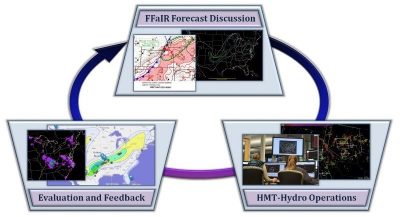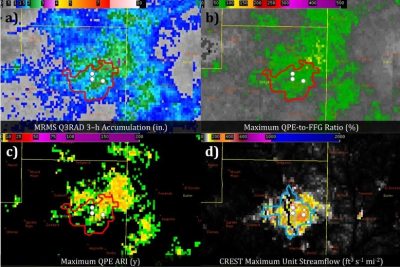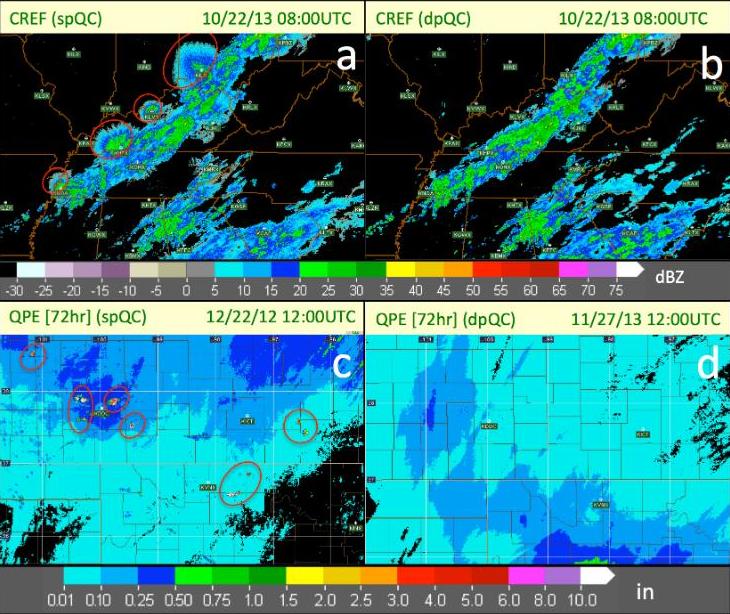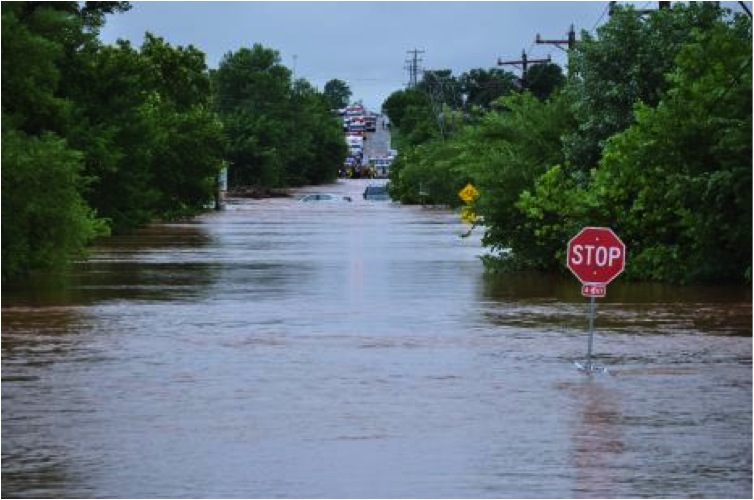The HMT Multi-Radar Multi-Sensor Hydro Experiment
Authors: Steven M. Martinaitis, Jonathan J. Gourley, Zachary L. Flamig, Elizabeth M. Argyle, Robert A. Clark, Ami Arthur, Brandon R. Smith, Jessica M. Erlingis, Sarah Perfater, Benjamin Albright
Journal: Bulletin of the AMS
Publication Date: Early Online Release 7/19/16
Significance:
This paper describes how NSSL scientists and NWS forecasters evaluate new tools and techniques through real-time testbed operations for the improvement of flash flood detection and warning operations. The HMT-Hydro Experiment assessed the use of MRMS and FLASH products in flash flood operations, the use of the Hazard Services software with flash flood recommenders, and the use of probabilistic information in flash flood watches and warnings. This paper also describes the collaborative effort between the HMT-Hydro Experiment and the Flash Flood and Intense Rainfall (FFaIR) experiment at NWS WPC.
Important Conclusions:
Challenges exist with the prediction and warning of flash flood events, one of the deadliest weather phenomena in the United States. The reports that describe flash floods are inadequate and sparse in relation to other weather-related hazards. The HMT-Hydro Experiment investigates new products and techniques that could assist in flash flood prediction and warning decision making in a real-time environment. Products from the FLASH suite assist in the identification of focused regions for increased flash flood potential; moreover, the CREST maximum unit streamflow demonstrates its ability to highlight the potential for flash flooding in urban areas. The addition of user-defined probabilistic information provides insight on the perceptions and challenges of probabilistic forecasting.
Advances in numerical weather prediction, precipitation estimation, and distributed hydrologic modeling will be beneficial to the quality and accuracy of flash flood forecasts and operational products. More research is needed on the application and reliability of probabilistic forecasts in operational flash flood products. NSSL and the HMT-Hydro Experiment will continue to provide a platform for research scientists, operational forecasters, and hydrologic modelers to collaborate on improving flash flood prediction and to facilitate the evaluation and transition of new products and techniques from research to operations.

Diagram of simulated workflow between the HMT-Hydro Experiment and the FFaIR Experiment

Four-panel image of (a) MRMS Q3RAD 2-h accumulation (in.), (b) maximum QPE-to-FFG ration (%), (c) maximum QPE ARI (y), and (d) CREST maximum unit streamflow as displayed in AWIPS-II during a flash flood event in Wichita, Kansas, on July 6, 2015.



